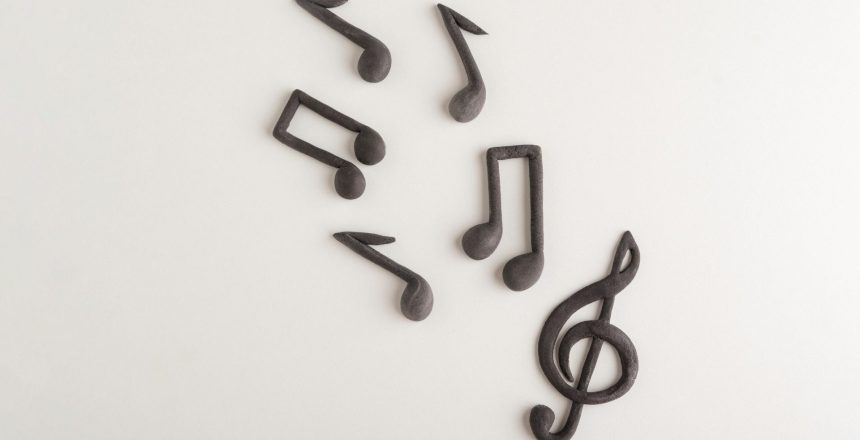Music notation is an essential tool for musicians who want to share their ideas with others. Whether you’re a songwriter, composer, or performer, knowing how to notate music can help you communicate your musical ideas to others. For example, you may want to notate your song to have other musicians accompany you during a performance or as a part of the recording process. In this blog, we’ll explore the common types of music notation and how to use them.
Staff Notation
Staff notation is the most common type of music notation used in Western music. It uses a set of five horizontal lines and four spaces to represent different pitches. Notes are placed on the staff to indicate the pitch and duration of each note. Staff notation is used in classical music, but it is also commonly used in jazz and other forms of music.
Lead Sheets
Lead sheets are another type of notation that is popular in jazz and pop music. A lead sheet is a simplified form of notation that includes only the melody, lyrics, and chord symbols of a song. The melody is notated on a staff, and the chord symbols indicate which chords should be played along with the melody. Lead sheets are commonly used by musicians who need to quickly learn a new song or improvise over chord changes.
Chord Charts
Chord charts are similar to lead sheets, but they only include the chord symbols of a song. They are often used by guitarists and other chordal instruments to quickly reference the chords of a song. Chord charts are a simple and effective way to notate music, but they lack the detail of staff notation and lead sheets.
Tablature
Tablature, or “tab,” is a type of notation used primarily by guitarists and bassists. Instead of using traditional staff notation, tablature uses a series of numbers to indicate which frets should be played on each string. Tablature is a great way to notate music for guitar and bass, but it is not as versatile as staff notation or lead sheets.
When using staff notation, it is important to know how to notate different types of musical elements. Notes are notated on the staff by placing the note head on a specific line or space. The duration of each note is indicated by the shape of the note head and the presence of stems and flags. Rests are used to indicate periods of silence in the music. Dynamics, such as volume and expression, are notated using specific symbols above or below the staff.
Lead sheets use a different type of notation to indicate chords. Chord symbols are written above the melody to indicate which chords should be played. These symbols include letters and numbers that indicate the root note of the chord and its quality (major, minor, dominant, etc.). Lead sheets also include the lyrics of a song, which are written beneath the melody.





